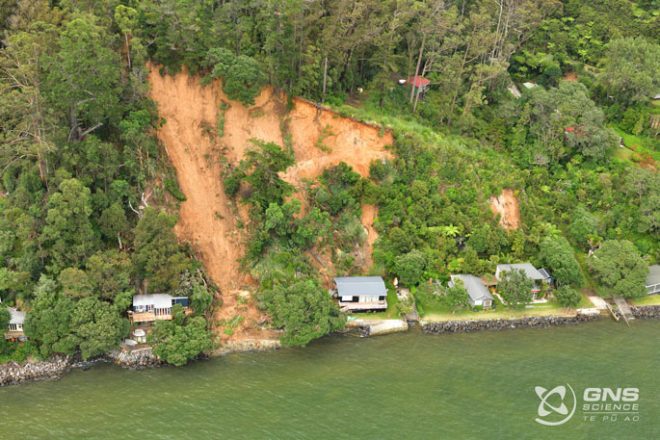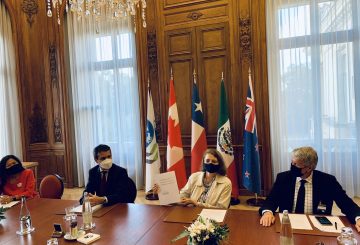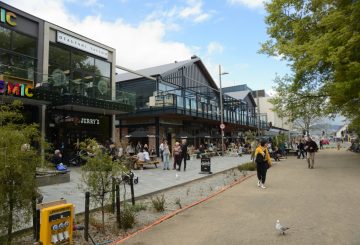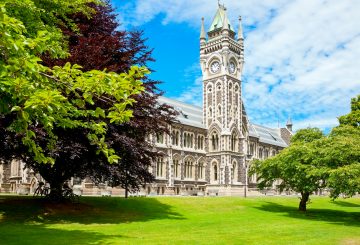도카 투 아케 지진위원회 (EQC) 는 14개 연구팀에 120만 달러 이상을 기부했습니다.이는 올해 격년제 보조금 라운드의 일부입니다.이 프로젝트의 목표는 자연 재해의 위험을 더 잘 이해하고 그 영향을 줄일 방법을 찾는 것입니다.
Toka Tū Ake EQC는 뉴질랜드의 가정, 마을 및 도시에 대한 모든 의사 결정에서 자연 재해에 대한 탄력성을 고려하기를 희망합니다.연구에 투자함으로써 자연 재해로 인한 사고에 대한 우리의 취약성을 줄이는 것을 목표로 합니다.
격년제 보조금은 1989년부터 2년마다 지급되고 있습니다.지급되는 보조금은 토카 투 아케의 연구 우선 순위와 일치합니다.여기에는 사람을 돕는 연구, 위험 요소 및 그 영향을 측정하고, 현명한 토지 이용, 거버넌스 및 경제, 탄력 있는 건물을 고려하는 연구가 포함됩니다.올해에는 약 80개 단체가 보조금에 관심을 보였습니다.
연구 책임자인 나탈리 밸푸어 박사는 14개의 연구 프로젝트 각각이 뉴질랜드의 자연 재해 위험을 이해하고 이러한 사건이 발생했을 때 사람과 재산에 미치는 영향을 줄이는 데 도움이 될 것이라고 말합니다.
그녀는 성공적인 프로젝트가 화산에서 산사태에 이르기까지 다양한 자연 재해를 다루고 있다고 설명합니다.또한 많은 프로젝트에서는 기후 변화가 이러한 위험에 미치는 영향도 고려합니다.일부 프로젝트는 마오리 연구자들이 주도하거나 마오리 지식을 포함합니다.
밸푸어 박사는 과학과 연구에 투자하는 것이 중요하다고 생각합니다.그녀는 이 연구를 다른 사람들이 사용할 수 있는 유용한 정보로 바꾸는 것이 중요하다고 말합니다.이는 정책 입안자, 지방 의회, 설계자, 엔지니어, 건축업자 및 대중이 더 나은 결정을 내리는 데 도움이 될 수 있습니다.
또한 Toka Tū Ake는 마오리 관련 연구 및 초기 경력 연구자에게 더 많은 기회를 제공하기 위해 특별 기금을 지속적으로 마련해 왔습니다.
Toka Tū Ake는 격년제 보조금에 자금을 지원하는 것 외에도 뉴질랜드 전역의 대학 연구에 투자하고 자연 재해 및 위험 감소에 관한 연구를 수행하는 지역 및 지역 사회 단체를 지원하며 GeoNet 뉴질랜드의 자연 재해 모니터링 시스템과 같은 시스템 및 프로그램에 기여합니다.






























































